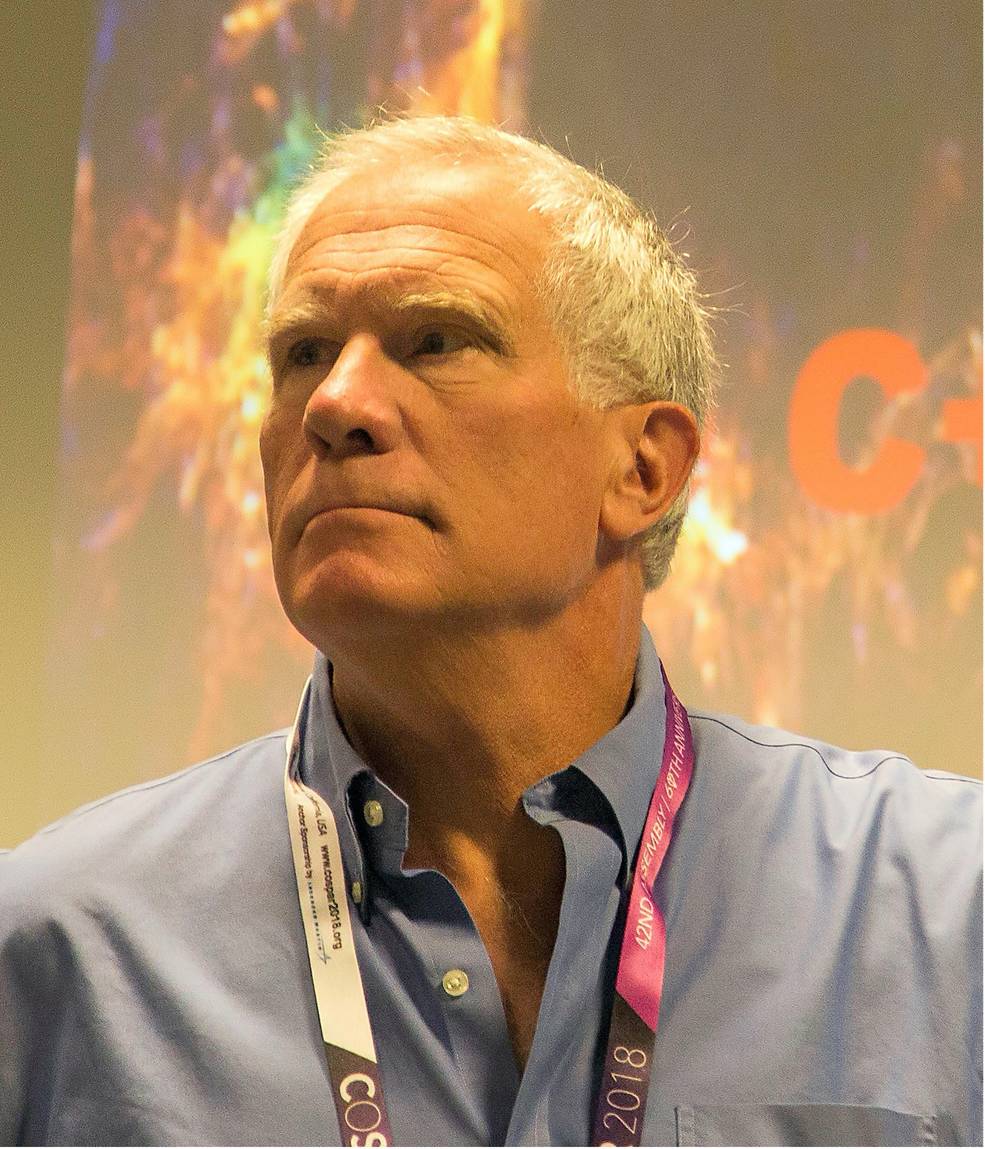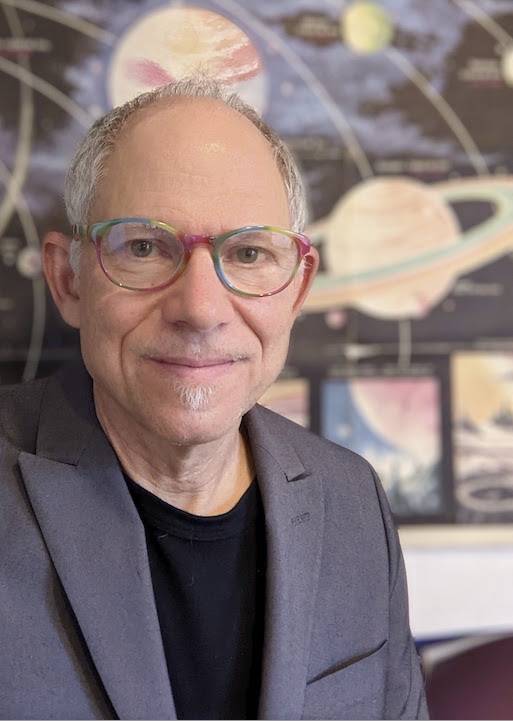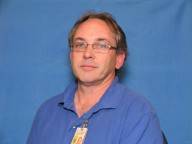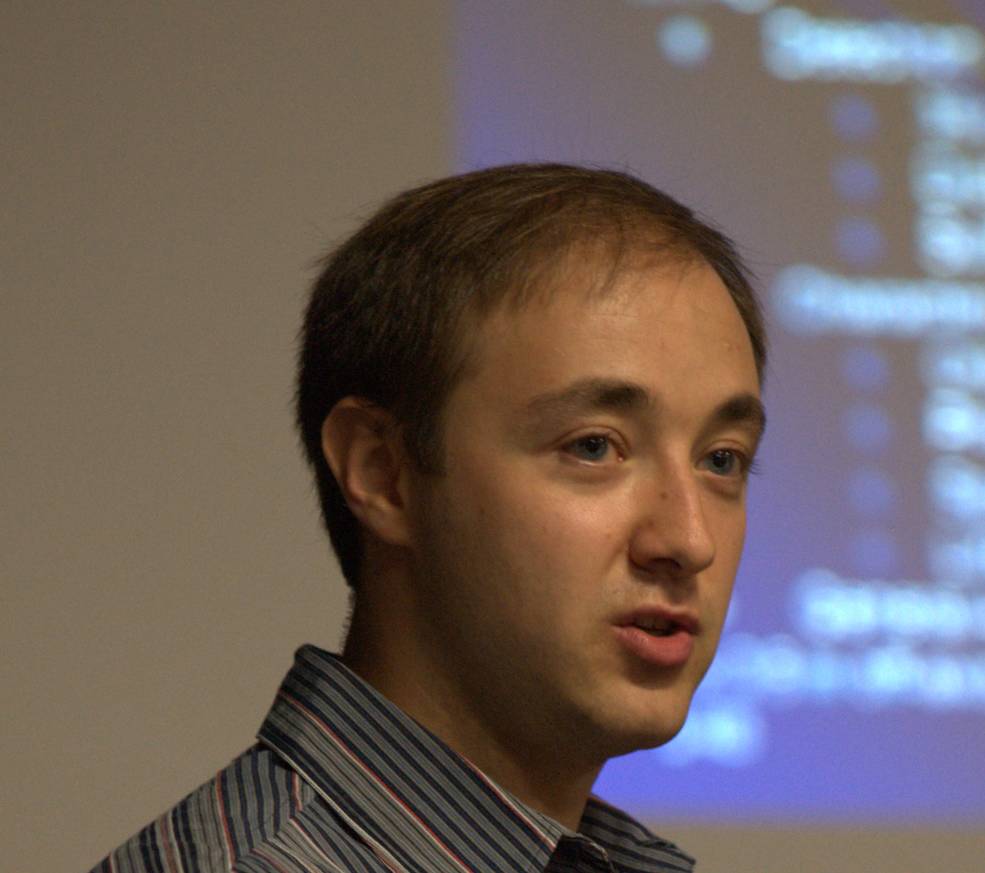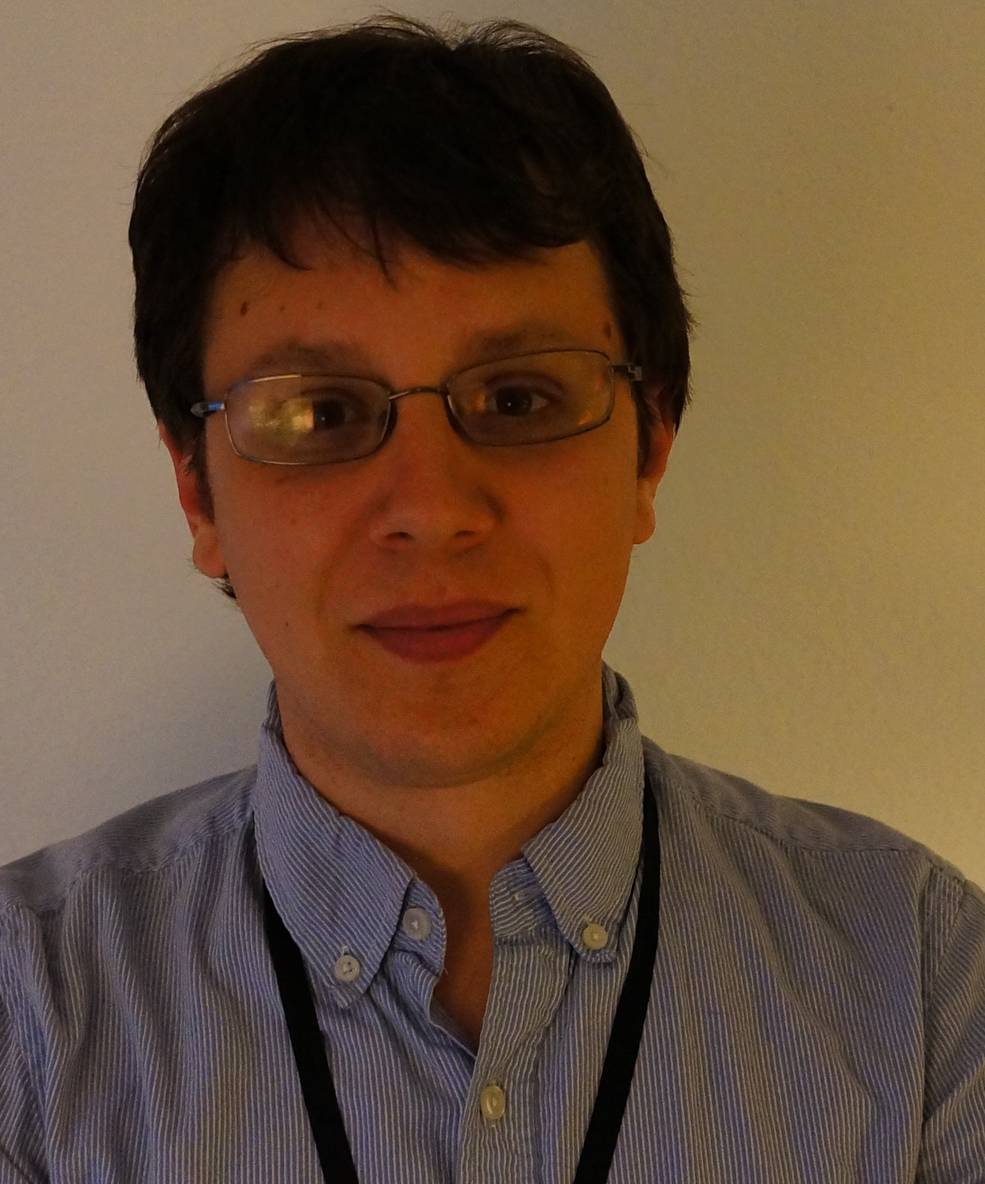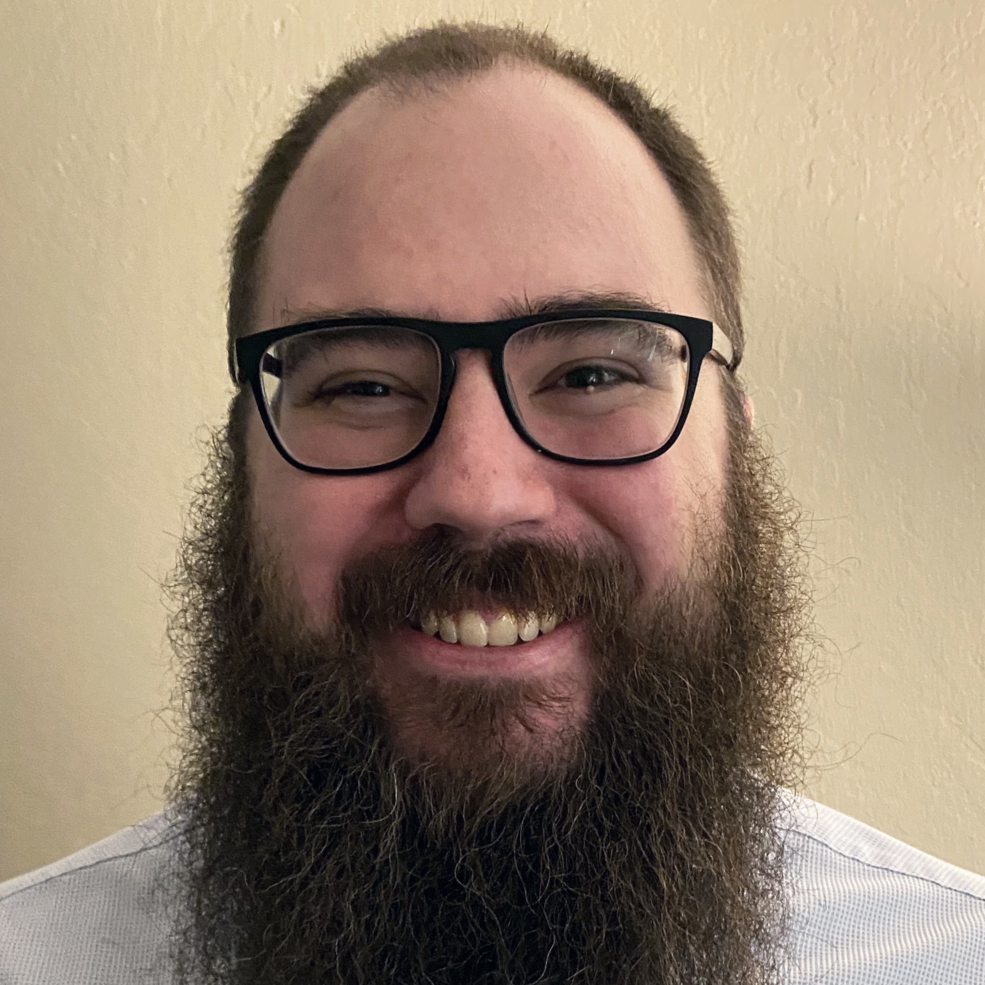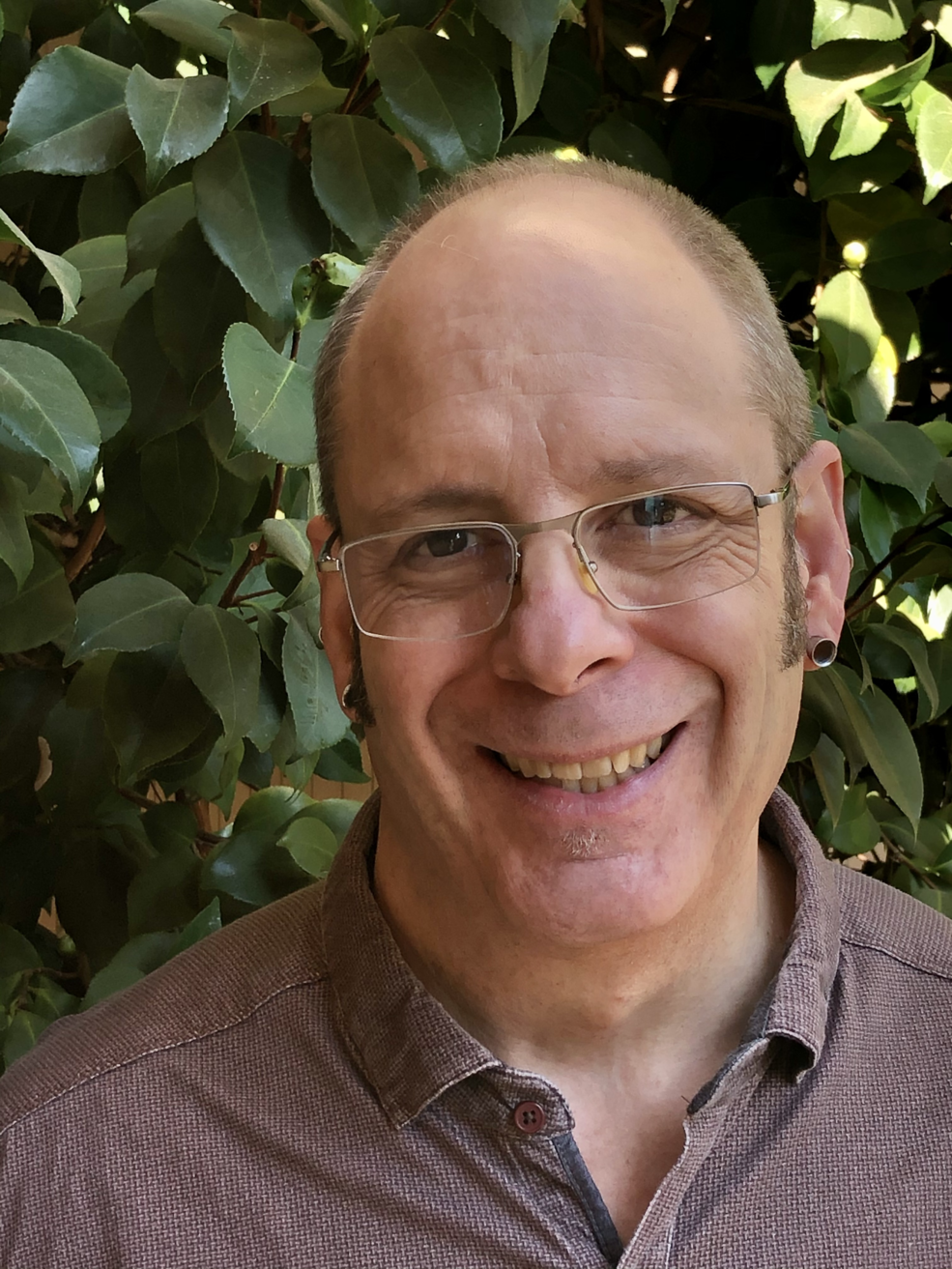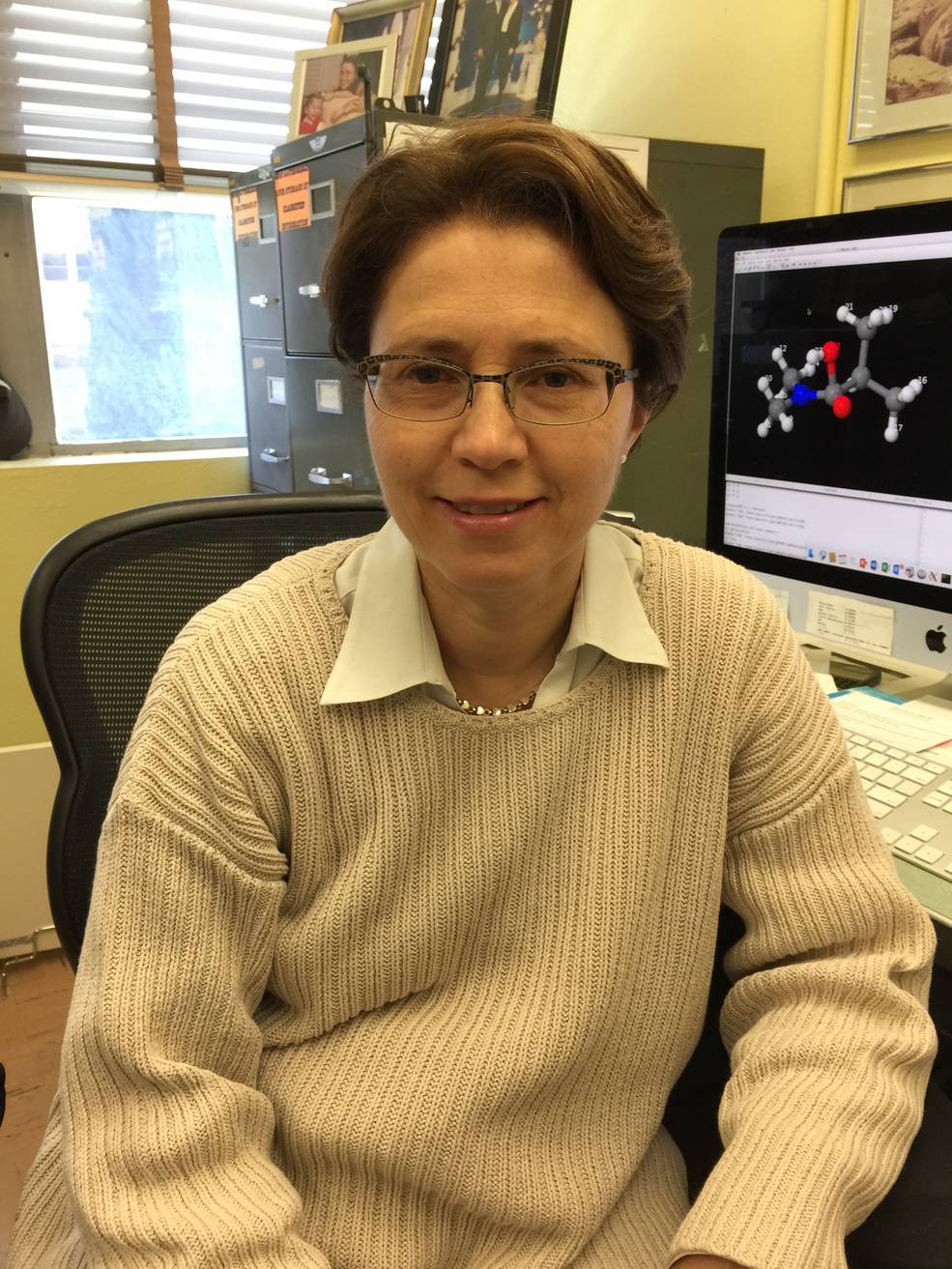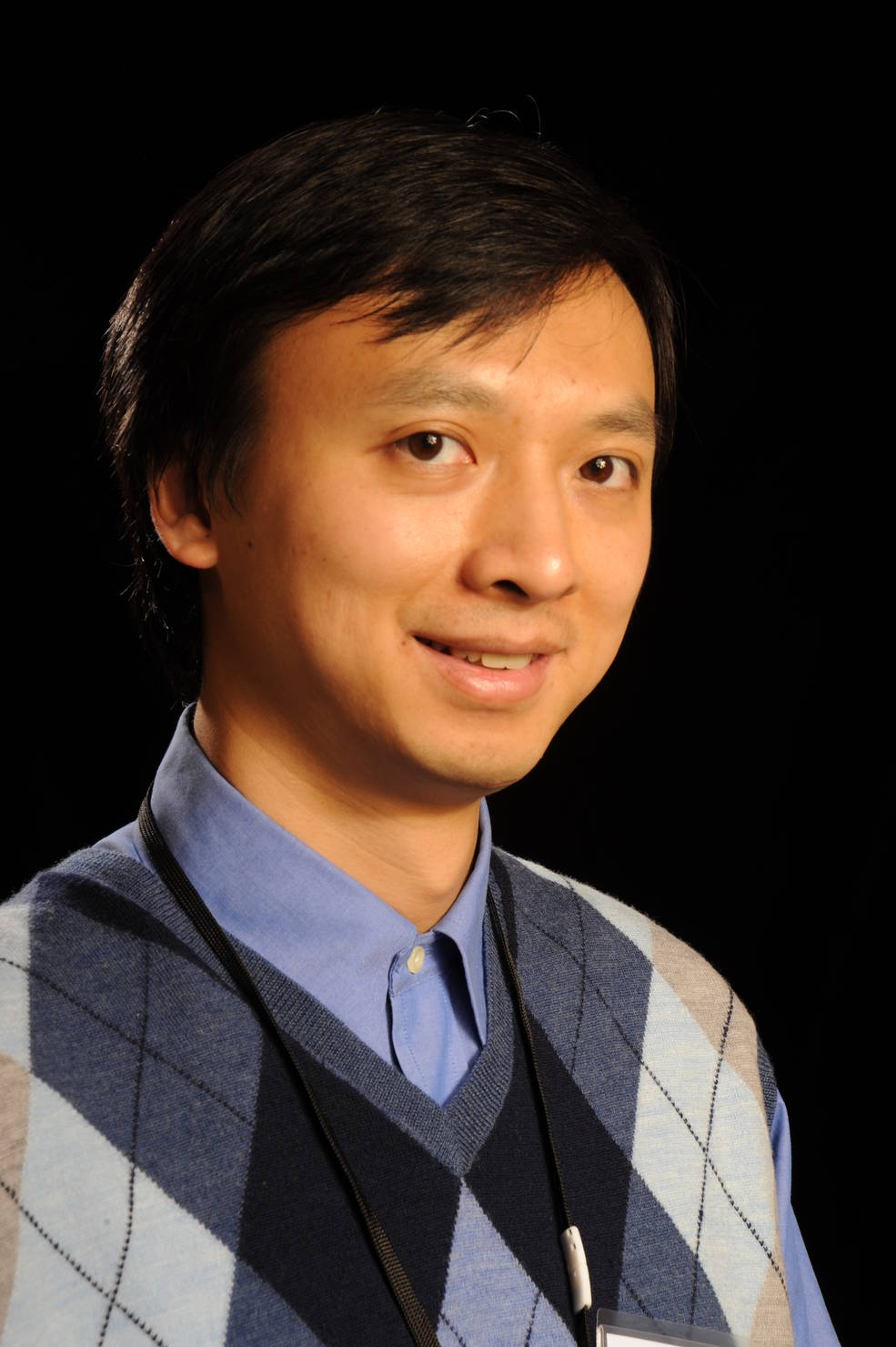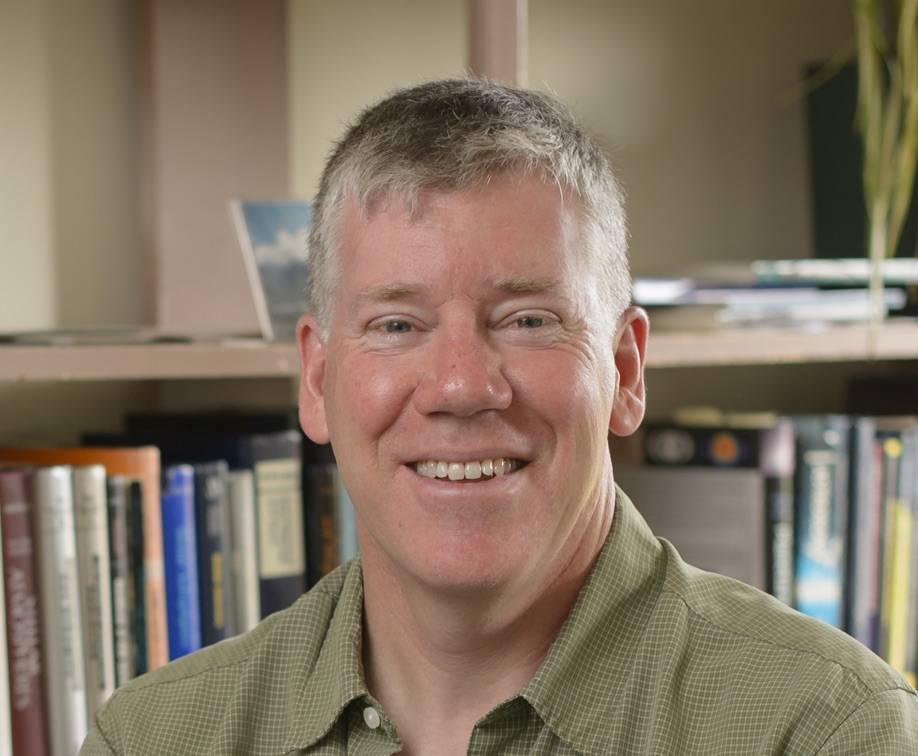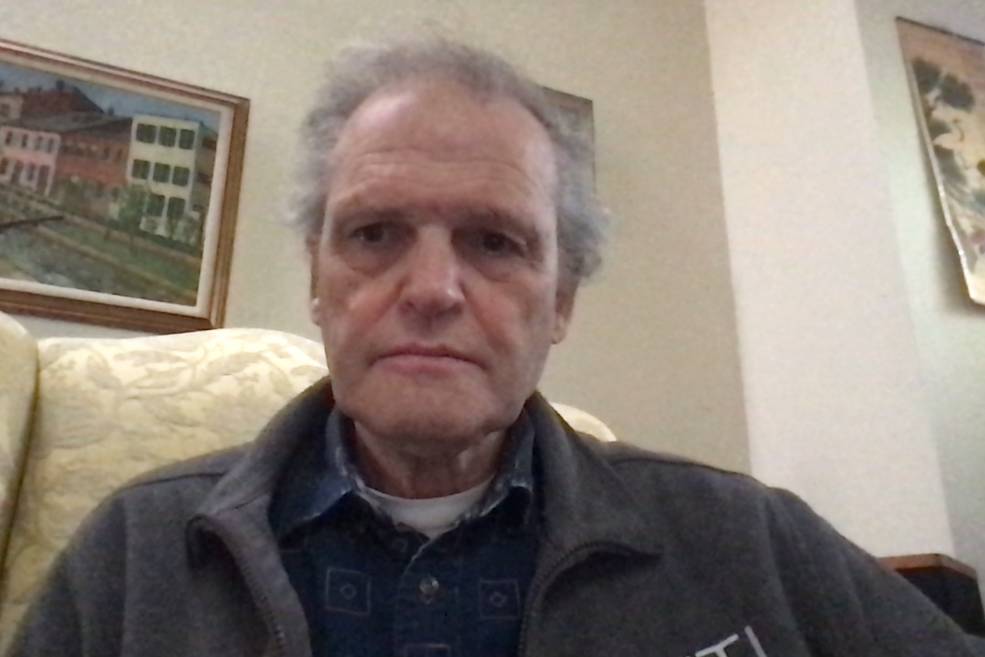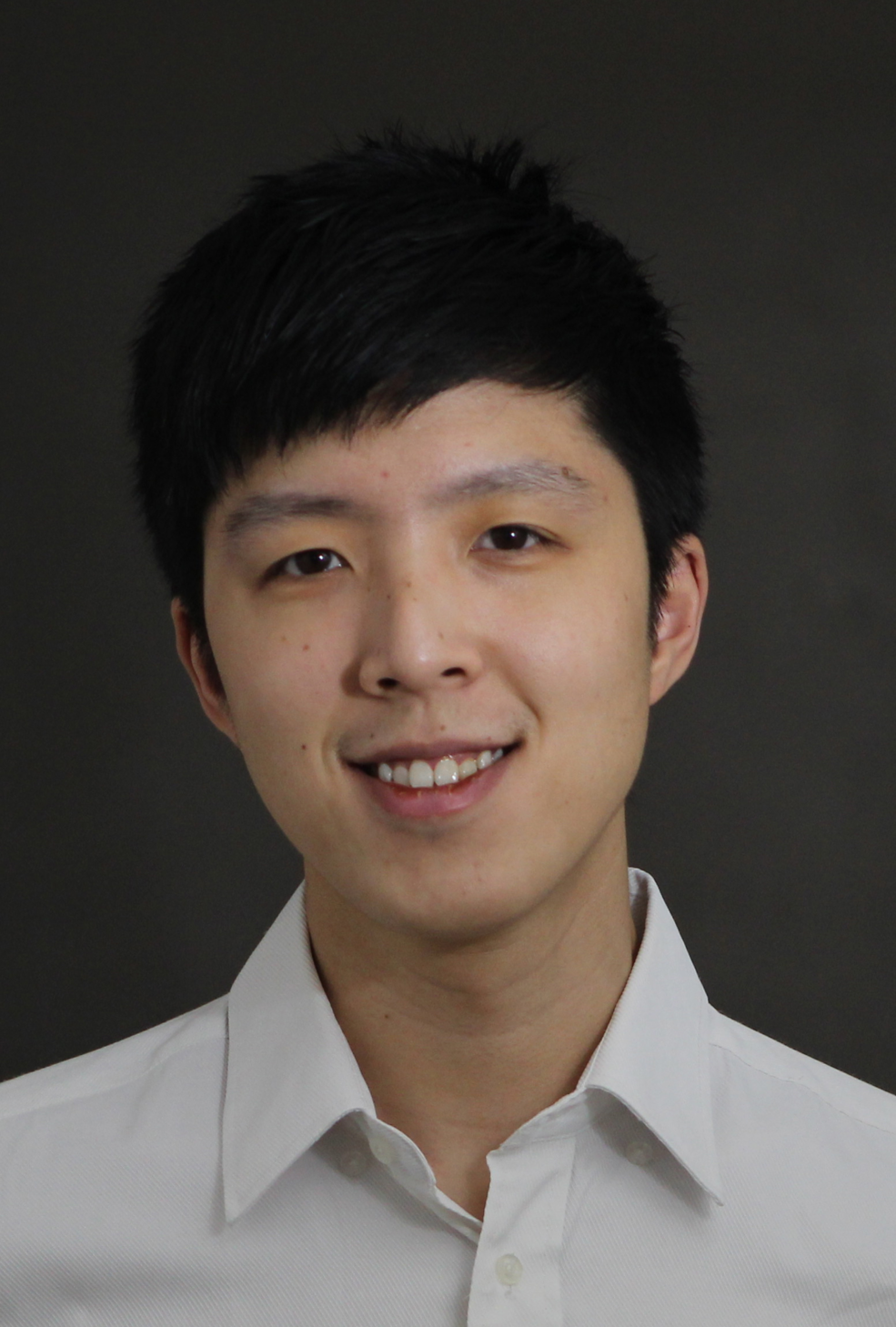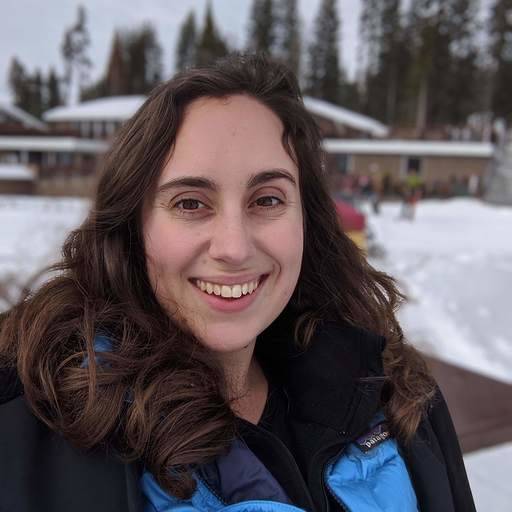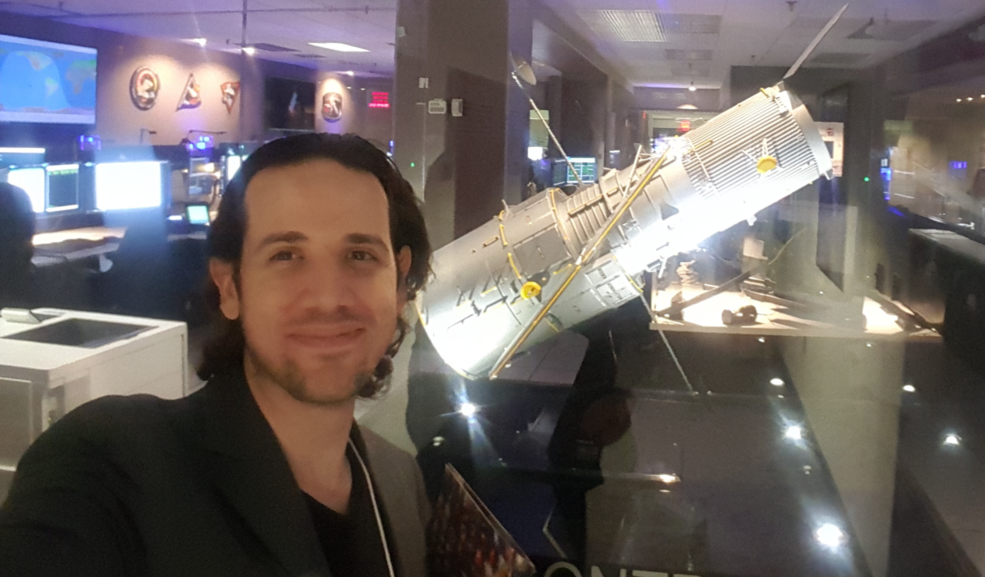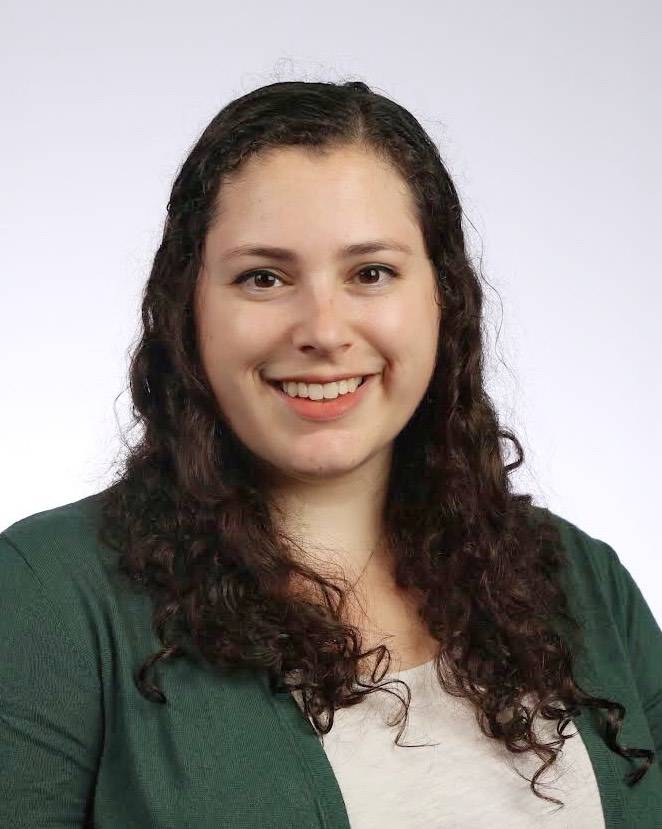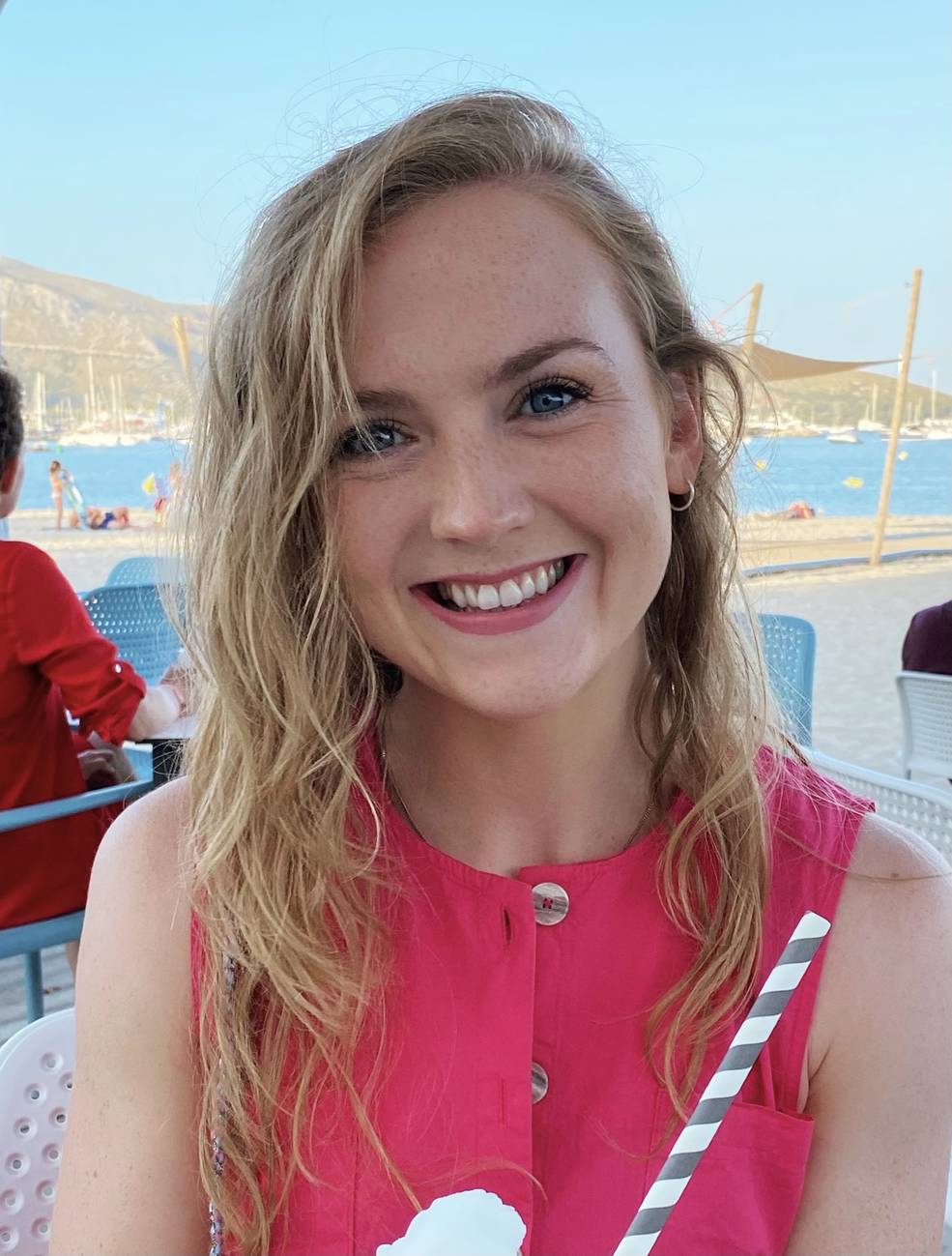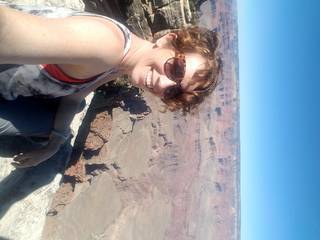Civil Servants
Natasha Batalha
Areas: Observation, Theory
Dr. Natasha Batalha specializes in determining the climate and chemical compositions of exoplanet atmospheres using transit and direct imaging spectroscopy. She does so by writing physical models to predict atmospheric structures that can then be matched to data from telescopes. Furthermore, all of Dr. Batalha’s models are publicly available, as she strives to create a field that is accessible and inclusive. In the next year, the revolutionary James Webb Space Telescope will be launched. Dr. Batalha is co-leading the largest exoplanet guest observing campaign to study the atmospheres of a mysterious class of planets between the size of Earth and Neptune.
natasha.e.batalha@nasa.gov
Steve B. Howell
Areas: Observation, Instrumentation
Dr. Steve Howell works on astronomical instrumentation for ground-based and space-based telescopes. He mainly studies stars, particularly evolved variables and those that harbor exoplanets. His current research focuses on high-resolution imaging of planetary candidate hosting stars discovered by the Kepler, K2, and TESS missions, other transit programs, and radial velocity detections. His research has led to major discoveries in exoplanet studies including the fact that nearly half of stars hosting planets are in binary or multiple star systems and that exoplanet transit searches in such systems do not detect any resident small planets.
steve.b.howell@nasa.gov
Thomas L. Roellig
Area: Observation
Dr. Tom Roellig is a member of the JWST NIRCam science team. He is the leader of the Cool Dwarfs GTO program that utilizes all of the science instruments on JWST.
Thomas.L.Roellig@nasa.gov
Thomas Greene
Areas: Observation, Instrumentation
Dr. Thomas Greene conducts observational studies of exoplanets and young stars and develops astronomical technologies and instrumentation. His observational work consists of space-based spectroscopic observations of transiting planets and ground-based near-infrared spectroscopic observations of embedded protostars and young stellar objects. This includes leading the JWST MANATEE NIRCam and MIRI guaranteed time program to characterize the atmospheres of 9 exoplanets from Earth to Jupiter mass. Dr. Greene also led the development of the spectroscopic modes of the JWST NIRCam instrument and is developing new technologies to improve the spectro-photometric precision of infrared spectroscopy for future space telescopes.
tom.greene@nasa.gov
Timothy Lee
Area: Laboratory
Dr. Timothy Lee is trained in electronic structure theory and has extensive experience in both the development of theoretical methods and the application of these to fundamental problems of interest to various parts of NASA. Currently, most of his work is the application of quantum chemistry methods to: 1) calculation of highly accurate rovibrational line lists of small molecules used to model or characterize exoplanet atmospheres; 2) calculation of anharmonic rovibrational spectra and cascade emission spectra of polycyclic aromatic hydrocarbons (PAHs); 3) studies of the reaction mechanisms and formation pathways growing PAH molecules and other prebiotic molecules from small organic molecules and ions.
Timothy.J.Lee@nasa.gov
Ruslan Belikov
Areas: Observation, Instrumentation
Dr. Ruslan Belikov is the head of the Exoplanet Technologies group at NASA Ames, which has developed several new technologies in high contrast imaging. Belikov is currently leading technology development efforts (ROSES and ISFM) to improve coronagraphic performance in single as well as binary star systems. He also participated in several coronagraphic mission concepts or related efforts, including Exo-C, Roman CGI working group, EXCEDE, and led SAG13, a community effort to survey our knowledge of planet occurrence rates. Belikov also led a small explorer mission proposal called ACESat (a mission to directly image planets around Alpha Centauri).
Ruslan.belikov@nasa.gov
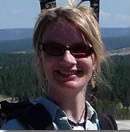 Niki Parenteau
Niki Parenteau
Area: Laboratory
Dr. Nikki Parenteau is a microbiologist and geologist who characterizes the production and preservation of microbial biosignatures in modern analog environments. These biosignatures are relevant to life detection on solar system planetary bodies and exoplanets. In particular, she characterizes volatile biogenic compounds and surface biosignatures associated with photosynthetic metabolisms, and partners with astronomers to assess their detectability, thus “linking the microscope to the telescope.” She has also been involved in instrument development for life detection missions on ocean worlds.
mary.n.parenteau@nasa.gov
Dan Sirbu
Area: Instrumentation
Dr. Dan Sirbu’s research improves the expected yield, quality, and diversity of direct imaging instruments for NASA’s space misions. His research includes the design and modeling of starlight suppression systems including coronagraph instruments such as the Phase-Induced Amplitude Apodization (PIAA) and starshades to enable direct imaging of circumstellar disks and exoplanets. One thrust of this research has included the development and demonstration of novel wavefront estimation and control methods such as Multi-Star Wavefront Control for imaging binary systems with existing instrument hardware. He has been involved with technology development for space mission concepts and spacecraft from early stage concepts through to laboratory validation in vacuum of high-contrast imaging instrumentation.
dan.sirbu@nasa.gov
Sonny Harman
Area: Theory
Dr. Harman studies the atmospheric composition and evolution of low- to intermediate-mass planets using 1-D and 3-D numerical models. His research interests include making connections between the geologic record and the potential atmospheric state of the early Earth; estimating the interactions of a host star’s radiation with the dominant and trace gases in the atmospheres of Earth-like extrasolar planets; and predicting the disposition of warm super-Earths/sub-Neptunes that have lost some (or all) of their hydrogen. Dr. Harman also has a keen interest in innovative scientific data visualizations for a broader audience.
sonny.harman@nasa.gov
Jon M. Jenkins
Area: Observation
Dr. Jon Jenkins is a research scientist and project manager at NASA Ames Research Center in the Advanced Supercomputing Division where he conducts research on data processing and detection algorithms for discovering transiting extrasolar planets. He is the co-investigator for data processing for the Kepler Mission, and for NASA’s TESS Mission, launched in 2018 to identify Earth’s nearest neighbors for follow-up and characterization. Dr. Jenkins led the design, development, and operations of the science data pipelines for both Kepler and TESS.
jon.jenkins@nasa.gov
SETI
Alessandra Ricca
Area: Theory
Dr. Ricca is currently modeling the behavior and properties of a magma ocean in contact with a H-rich atmosphere at extreme temperatures and pressures with the goal of understanding magma-atmosphere interactions in sub-Neptune planets, and how it affects atmosphere composition and mass-radius relations.
alessandra.ricca-1@nasa.gov
Xinchuan Huang
Area: Laboratory
Dr. Xinchuan Huang’s research addresses the increasing need for molecular IR line lists in exoplanet atmosphere opacity modeling and individual high-resolution line detection, in the wide temperature range from 296K to 3000K. He adopts the “Best Theory + Reliable High-resolution Experiment” strategy to compute highly accurate, complete, and consistent rovibrational IR line lists for stable molecules in exoplanetary atmospheres, such as CO2, SO2, NH3, OCS, N2O and their isotopologues. These line lists provide reliable alternatives for missing or unreliable data and improve the accuracy of models and characterization, enhancing our understanding of exoplanetary atmospheres and maximizing scientific returns from various observation missions.
Xinchuan.Huang-1@nasa.gov
Douglas Caldwell
Area: Observation
Dr. Douglas Caldwell is a scientist in the TESS Science Processing Operations Center and served as Instrument Scientist for NASA’s Kepler/K2 Mission. He focuses on the interface between instruments and data analysis and how both affect scientific results. He worked on all aspects of Kepler’s science from mission design through planet validation and follow-up. He now works to improve the TESS pipeline and to better understand biases in the data. Dr. Caldwell works with data scientists to improve the speed and accuracy of transit detections using machine learning approaches, which appear poised to revolutionize data analysis from large surveys.
dcaldwell@seti.org
Richard Freedman
Area: Theory
Dr. Freedman’s work involves the characterization of atomic and molecular spectra using a combination of theoretical and laboratory data. He has collaborated with numerous groups in order to assemble the necessary data for an accurate calculation that is up to date and represents the best possible information that is currently available. The atmospheres of these objects span a large range of temperature and pressures, including conditions that cannot be replicated by typical laboratory instruments. Therefore it is necessary to use both theoretical calculations and laboratory measurements to assemble the best possible data as input to the opacity calculations. As the observations of the spectra of these objects improve in resolution, new challenges emerge that require attention to details of the opacity that include pressure broadening and even line shape modifications due to effects such as line mixing.
rfreedman@seti.org
BAERI
Taylor James Bell
Area: Observation
Dr. Taylor Bell is working with Thomas Greene and many others on JWST Guaranteed Time Observations with the MIRI and NIRCam instruments. His current focus is on the optimal reduction and decorrelation of MIRI observations to provide precise measurements of atmospheres around exoplanets smaller and cooler than those typically observed by Hubble or Spitzer. Dr. Bell is also working with Hubble, Spitzer, and ground-based observations of hot and ultra-hot Jupiters, and he is working on high-precision polarimetry for exoplanet characterization with new ground-based instruments and a mission concept study.
bell@baeri.org
Ben Wei Peng Lew
Area: Observation
Dr. Ben Wei Peng Lew’s research focuses on understanding the dominating physical and chemical processes in planetary atmospheres, which are crucial for interpreting the observational signatures of exoplanets and brown dwarfs. He is specialized in using high-precision time-series spectroscopy to investigate the possible heterogeneous cloud structure and non-uniform atmospheric profiles. In addition, he is also interested in applying his expertise in infrared spectroscopy for constraining the accretion process and photospheric properties of Class 0 protostars.
lew@baeri.org
Christina Hedges
Area: Observation
Dr. Hedges studies exoplanets and solar system objects using NASA’s time domain observatories (e.g. Kepler, K2, TESS, and HST). Dr. Hedges’ focuses on data driven approaches to get to the noise limit of the available data and develops new methods to extract photometry from these missions.
christina.l.hedges@nasa.gov
Arturo O. Martinez
Area: Observation
Dr. Arturo Martinez works on obtaining high-resolution images of various astronomical objects. He creates and uses novel software to discover close high contrast companions and obtain improved quality of extended objects by using speckle interferometry. This new software uses speckle image restoration techniques that surpass current Fourier methods. Dr. Martinez has also worked on creating image reconstruction software for optical interferometry.
martinez@baeri.org
Ehsan Gharib-Nezhad
Areas: Theory, Laboratory
Dr. Ehsan Gharib-Nezhad has a diverse background from modeling extrasolar atmospheres to creating spectroscopic datasets. Ehsan collaborated with different experimental and theoretical teams during the past 10 years and received several grants/awards as a principal investigator to leverage the interpretation of observational data. He joined NASA Ames as a postdoctoral fellow in 2019 and was promoted to research scientist in 2022. Being enthusiastic about atmospheric characterization, he built rigorously-vetted machine learning models to classify exoplanetary and brown-dwarf objects. Ehsan came to the US as a refugee and international student from Iran to pursue his childhood dream of becoming a scientist. He likes to play piano and travel to explore new cultures.
e.gharibnezhad@asu.edu
NASA Postdoctoral Program Fellows
Kathryn Lester
Area: Observation
Dr. Kathryn Lester studies binary star systems found to host transiting planets by Kepler, K2, and TESS. She is working to measure their orbits using speckle imaging and echelle spectroscopy, in order to compare the orbital demographics of binaries with and without planets. She aims to understand the role of host star multiplicity in the formation and evolution of exoplanets by observationally investigating the dynamical environments where planets can safely form.
kathryn.v.lester@nasa.gov
Caoimhe Rooney
Area: Theory
Dr. Caoimhe Rooney is an applied mathematician who works on the derivation and development of mathematical models to study the light scattering properties of exoplanet atmospheres, in particular, the impact of clouds on the observed electromagnetic spectra. The intricate microphysical processes that govern the formation and evolution of clouds are extremely difficult to include in mathematical models due to their complex nature and highly detrimental impact on numerical capability and simulation speed. Caoimhe focuses on the approximation of such processes that permit numerical tractability while retaining physical accuracy.
caoimhe.m.rooney@nasa.gov
Victoria Hartwick
Area: Theory
Dr. Victoria Hartwick investigates the unique climates of arid, Mars-like exoplanets using advanced global circulation models (GCM). She is particularly interested in the role of mineral dust aerosols that heat and cool the atmosphere by absorbing or scattering incoming sunlight. These changes to the atmospheric temperature drive potentially huge shifts in the surface climate, generating habitable conditions that might not otherwise exist. Dusty atmospheres can also become increasingly cloudy – generating spectral doppelgängers of Earth-like or water worlds that must be carefully studied.
victoria.hartwick@nasa.gov






























